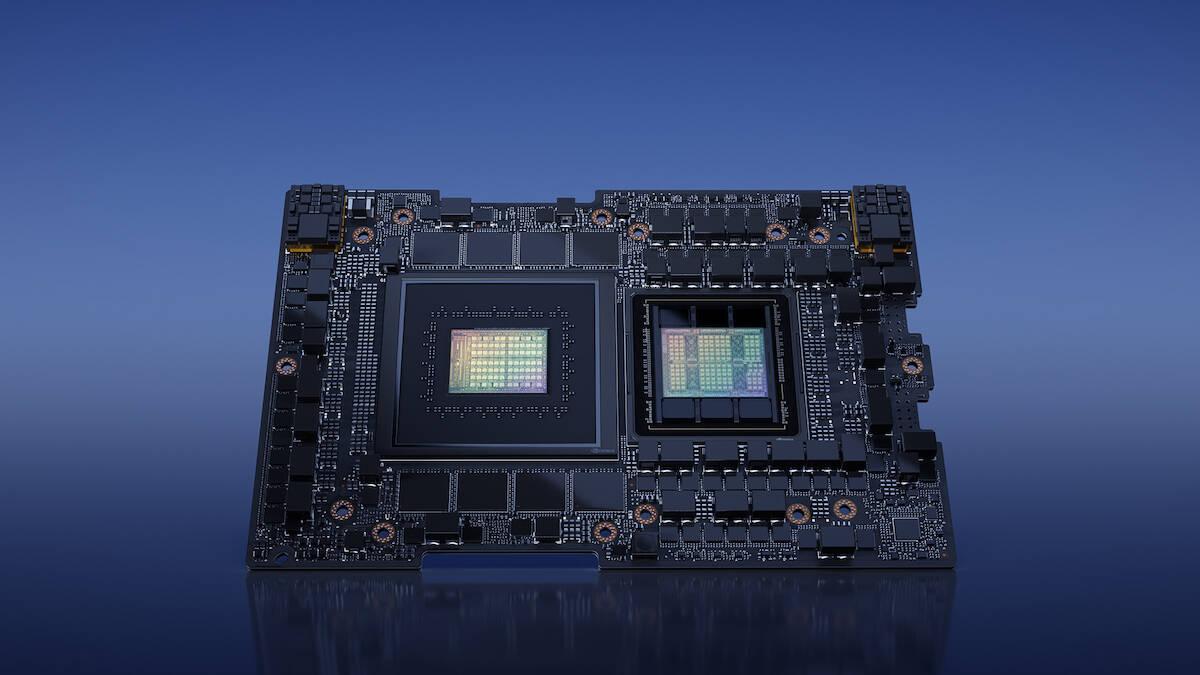
"CALMIP's Kairos, located at the University of Toulouse in France, achieved an efficiency of 73.28 gigaFLOPS per watt in the High Performance Linpack (HPL) benchmark. Since 2007, the Green500 has served as something of a counterpoint to the Top500. Rather than ranking the most powerful supercomputers by sheer performance at cost, the Green500 weighed that performance against the energy required to achieve it, measured in gigaFLOPS per watt."
"Each chip couples a 72-core Grace GPU with 480GB of LPDDR5x memory with an 144GB H200 GPU and links them Nvidia's 900GB/s high-performance NVLink-C2C interconnect. If any of this sounds familiar, the chip also underpins the Jülich Supercomputing Centre's (JSC) Jupiter supercomputer. That system is now the fourth most powerful supercomputer on the Top500 and Europe's first super to reach an exaFLOP of FP64 performance on the HPL benchmark."
Kairos at the University of Toulouse achieved 73.28 gigaFLOPS per watt on the HPL benchmark, topping the Green500 efficiency ranking. The Green500 measures supercomputer performance relative to energy use in gigaFLOPS per watt instead of raw speed. Nvidia Grace Hopper GH200 superchips power the four most efficient systems, combining a 72-core Grace CPU, 480GB LPDDR5x, a 144GB H200 GPU, and a 900GB/s NVLink-C2C interconnect. Jülich’s Jupiter uses the same platform, reaches exaFLOP FP64 HPL performance, and ranks fourth on the Top500. Kairos delivers 3.05 petaFLOPs HPL but outperforms larger machines in efficiency because interconnect scaling reduces efficiency; Jupiter records 63.3 GFLOPS/W and ranks 14th. Only two of the top ten efficient systems use AMD accelerators.
Read at Theregister
Unable to calculate read time
Collection
[
|
...
]